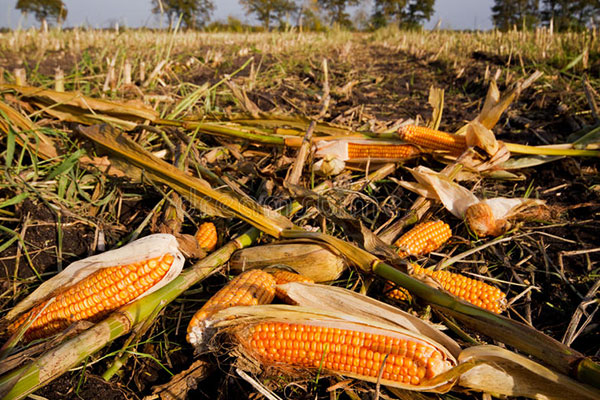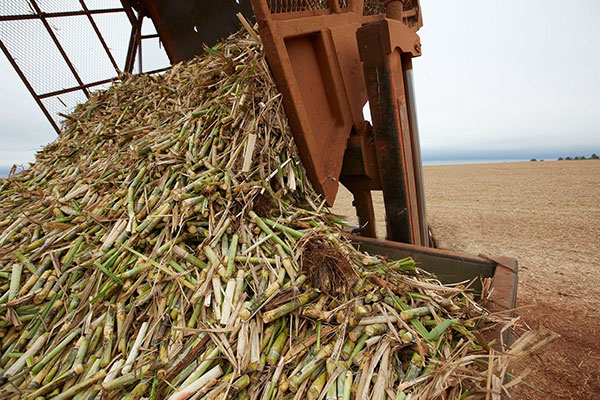Agricultural waste, also called agricultural waste, mainly includes plant fiber waste (such as crop straw, chaff, husk, leaves, and bagasse, etc.), agricultural product processing waste, livestock and poultry manure, rural domestic waste, sewage, etc. It is huge and widely distributed. It is both a valuable renewable resource and a major source of environmental pollution in rural areas. The disposal of agricultural waste is of great significance to achieve cleanliness of the rural household environment, efficient use of resources, and harmless agricultural production, eliminate rural dirty, disorder, and poor, and promote the construction of a harmonious society and the construction of a new socialist countryside.
1. Agricultural waste treatment status
Crop straw is the largest by-product of agricultural production, and its total amount is 1.1 to 1.2 times the total grain output. China produces about 650 million tons of crop stalks each year, of which 15% is lost from fertilizing and returning to the field and collecting losses, 12% of industrial raw materials, 13% of feed, 25% of fuel, and about 50% is returned directly to the field, burned or throw away. In fact, crop straw is not only an important source of rural living fuel, livestock feed, and organic fertilizers, but also an important industrial and building raw material, so it should be fully utilized.
2. Analysis of agricultural waste treatment technology
There are many types of straw. Generally, straw can be divided into three categories: rice, wheat, rape, corn sorghum, and cotton sugar cane. The first type of rice, wheat, and rapeseed stalks are similar in nature and soft in texture. In general, they are mainly used in two effective ways: direct return to the field and collection and utilization. Biogas can also be prepared after pretreatment; the second type of corn is highly dyed and green. The stalk has a high sugar content and is suitable as a silage. The stalk can be used as a gasification fuel; the third type of cotton stalk and bagasse have high lignin content and are suitable for forming carbonization and gasification.
In view of the above analysis, the utilization of straw has broad prospects, and it is necessary to conduct in-depth research on relevant key technologies and processes. It is also necessary to concurrently correlate relevant equipment or equipment and combine the specific characteristics of straw characteristics, regional planting system, and regional energy structure, etc. Comprehensive straw utilization program. According to the classification of straw, corresponding straw treatment methods were proposed, and the application characteristics and development trends of various technologies were analyzed.

3. Development of supporting agricultural machinery
In the comprehensive utilization of agricultural waste, the development of corresponding supporting agricultural machinery is also needed as a support. With the development of multi-channel resource utilization of agricultural waste, more and more requirements have been put forward for the development of corresponding agricultural machinery supporting equipment and equipment.
Supporting agricultural machinery for straw treatment
For straws that can be returned directly to the field, such as rice, wheat, and rapeseed, it is necessary to vigorously develop and promote straw pulverizers or direct burial machines. After the field straw is crushed on the ground and evenly scattered on the ground, it is then burrowed by ploughing. Currently, most tractors are used to directly crush the straw to return to the field. For the straw that can be decomposed without crushing, the straw can be directly buried in the soil through a machine that integrates land preparation and burial, which is also a method suitable for the south.
For straw that is not suitable for direct return to the field, it should be collected and used as much as possible first. It is required to use a semi-feeding harvester to completely save the straw and keep the stubble low, which will facilitate the subsequent use. At present, semi-feed harvesters are more expensive than full-feed harvesters and require further government promotion. For straw utilization methods such as gasification, biogas production, and molding, the straw needs to be pulverized in advance. Therefore, a demand for a straw pulverizer has been formed, which not only requires that various straws can be pulverized to the required length or particle size. For biogas production, it is also required to be able to effectively destroy the waxy layer on the surface of the straw to facilitate full degradation. Especially soft straws are prone to entanglement and other faults during crushing. The development and promotion of such machines should be further increased.

Straw gasification is a rapid development method in recent years. The core component of straw gasification lies in the straw gasification furnace. It is necessary to concentrate technical efforts to solve problems such as tar and fuel adaption surface, and promote the application of gasification furnaces.
Mechanism charcoal is a straw forming method. For biomass extrusion molding equipment, the problems that need to be solved are mainly to improve the reliability of the equipment unit, especially to increase the service life of the wear parts. In addition, it is necessary to expand the scope of equipment adaptation and improve the economic efficiency of the equipment.
In the next 15 to 20 years, the total amount of agricultural waste production will continue to increase. Without proper use and treatment, agricultural waste, especially livestock and poultry farming, will pollute the environment more seriously. The disposal of agricultural waste is not only related to the reuse of resources and environmental safety, but also is closely related to the sustainable development of agriculture and the construction of a rural “two-oriented” society.
In the field of agricultural waste treatment, we should vigorously adopt modern biotechnology and process technology to improve the level of agricultural waste treatment and improve the utilization rate of waste. While treating agricultural waste, we must eliminate the pollution of agricultural waste to the environment and develop health. Material economy, development of material energy, development of ecological circular agriculture, and promotion of rural economic and social development.


